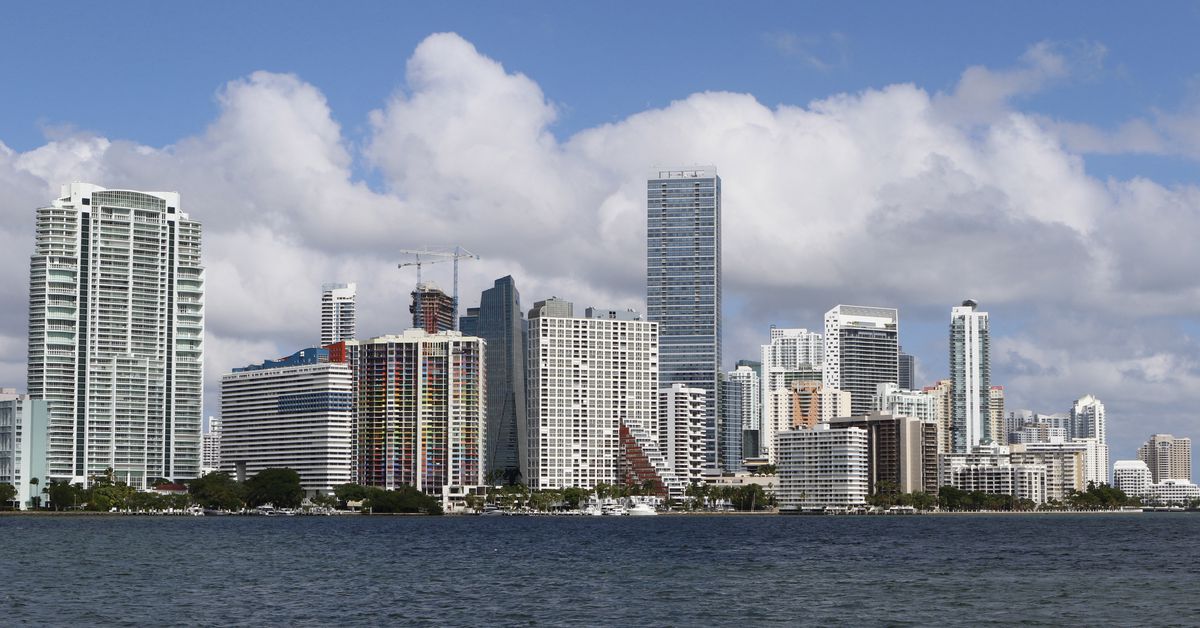- cross-posted to:
- [email protected]
- cross-posted to:
- [email protected]
The U.S. Treasury Department will soon propose a rule that would effectively end anonymous luxury-home purchases, closing a loophole that the agency says allows corrupt oligarchs, terrorists and other criminals to hide ill-gotten gains.



And are those vacant houses in places where people want to live?
In NYC, for example, the vacancy rate is a bit above 2%. Vacant houses in Oklahoma have zero relevance to homeless people in NYC. It also has to be considered that a lot of vacant residences are only temporary; either caught up in legal issues or briefly empty while the owners find tenants. But again, geography is critically relevant here. Vacant properties only help if they’re in places where people actually want to live and where jobs are available. It doesn’t matter how cheap a shack in Nebraska is if there’s no job around beyond farming.
San Francisco had ~61,000 vacant homes as of late last year.
Only a third of those are in the ‘other vacant’ category that represents housing that’s not being used for any purpose. The other two-thirds are currently for rent or sale, have completed that transaction and are awaiting actual occupation, or are seasonally used.
I wouldn’t be opposed to a tax on season homeownership, but that’s only 10,000 units a city of 800,000.
The real question to ask is why the hell is it literally illegal to build anything other than a single-family home in 38% percent of the city’s land, nearly two-thirds of land zoned for residential purpose?
https://www.sfchronicle.com/sf/article/sf-map-single-family-homes-17699820.php
Sure, snapping your fingers and making those ~30,000 units come on to the market would have a small effect, but it pales in comparison to how much supply could be added if such a huge chunk of the land wasn’t legally mandated to be single-family homes.
Las Vegas, Pittsburgh, Providence, Pheonix, OKC, Memphis, St Louis, Detroit, Houston and Cleveland are all in the top 20 by percentage of vacant houses and NYC is #22. This problem is not limted to small rural areas at all. The vacancies are spread across the whole of the country.
https://anytimeestimate.com/research/most-vacant-cities-2022/